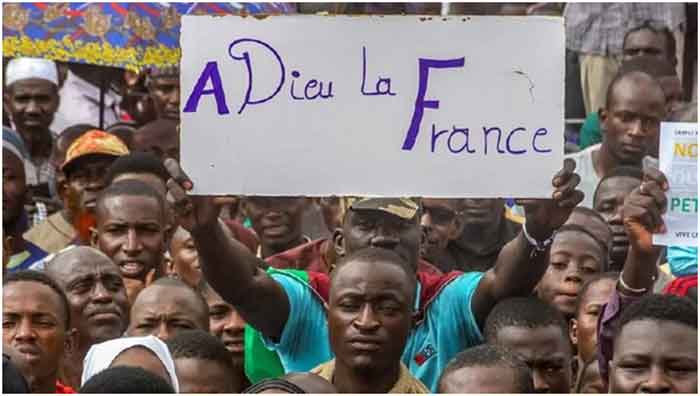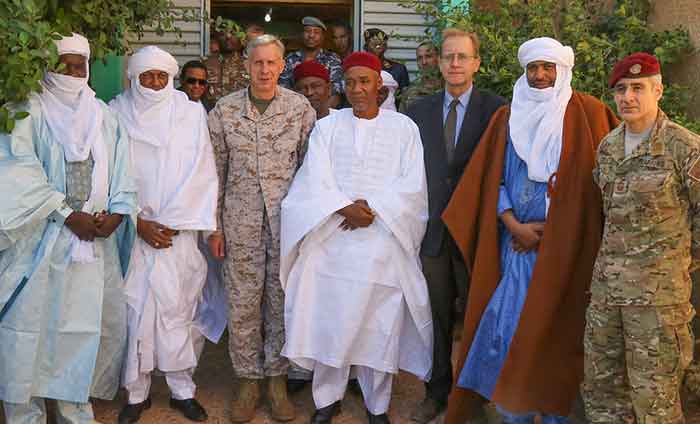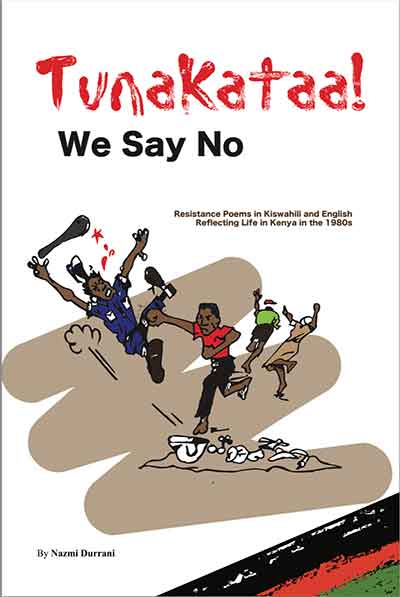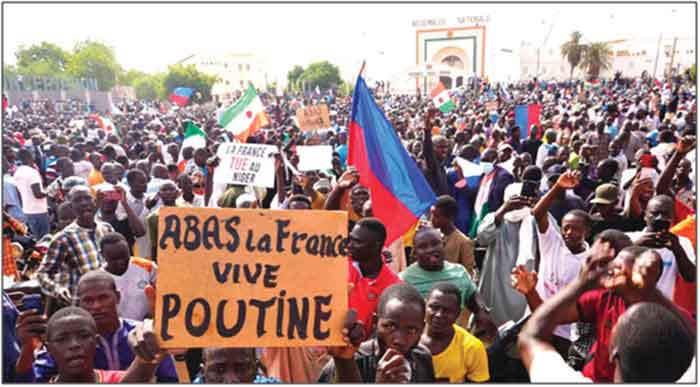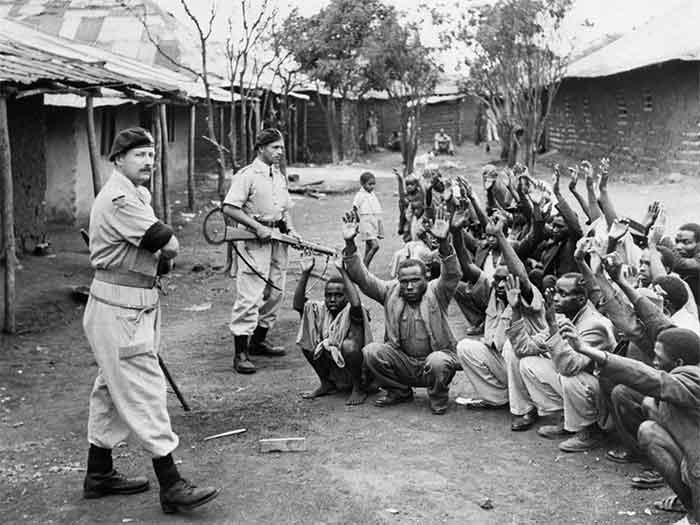
It is instructive to compare the role of trade unions in Kenya’s War of Independence under Mau Mau with the situation under Maji Maji, the Tanzanian people’s war of liberation (1904-1907). There are obvious differences, especially the dates when the two events took place, as well as the general conditions at each period. However, a fundamental fact distinguishes the two happenings. Whereas there was little working class involvement in Tanzania, Mau Mau was influenced in its ideological outlook as well as the strategies by the trade union movement. It was the activists in the East AfricanTrade Union Congress who were the ideological force behind the resistance movement. They introduced the key aspect missing from Maji Maji: class consciousness and class ideology, maintaining that the enemy was not white people as such, but the class — the bourgeoisie — they represented and the ideology —capitalism —they represented. Mau Mau was thus guided by anti-capitalist ideology and saw the foreign governments as well as the Africans who sided with imperialism as the enemy of working people of Kenya. It is no coincidence that Mau Mau waged a war on two fronts: against the colonial administration and White settlers on the one hand and against the Kenyan homeguard collaborators with imperialism, on the other. This is a clear indication of their understanding of class division in Kenya.
The key people behind the anti-capitalist ideology in Mau Mau were a number of key personalities, including Makhan Singh who was a member of the Indian Communist Party, as well as Bildad Kaggia and Pio Gama Pinto who were anti-capitalist and anti-imperialist in their outlook. They and many others joined Mau Mau and gave it the ideological background missing from Maji Maji.
An additional factor that the trade union movement brought in Kenya was its politicising activities of workers, peasants and general public. They used duplicating machines to print their messages and used workers on bicycles to take their message of working class solidarity to all parts of the country, also using the railway system. Mau Mau similarly ran about 50 newspapers, issued numerous leaflets, developed its own distribution network to take the working class consciousness to people. Details of this aspect of their communication activity is available in Durrani (2006). It is therefore not surprising that the Mau Mau movement had a similar communications policy and maintained a powerful communications network.
The trade union activists took over many of the branches of the Kenya African Union and became the force behind Mau Mau when the colonial government arrested nationalist leaders at the start of the declaration of war (which they saw as ‘Emergency’) against the people of Kenya.
Mau Mau activists understood the class nature of their struggle and saw the need for activating not only workers but peasants also. They thus saw clearly who their allies were and who were their enemies. This make the movement a national one and enabled it to withstand years of military and political attacks from their imperialist enemies. They may have lost the military war, but they certainly won the political battle as they ensured that Kenya achieved independence. Their ideology, their vision and aims inspire young Kenyans even today.
It is very likely that without the active involvement of workers in Mau Mau, imperialism would have crushed all attempts for independence as happened in Tanzania under Maji Maji.
Shiraz Durrani is a Kenyan political exile living in London. He has worked at the University of Nairobi as well as various public libraries in Britain where he also lectured at the London Metropolitan University. Shiraz has written many articles and addressed conferences on aspects of Kenyan history and on politics of information in the context of colonialism and imperialism. His books include Kenya’s War of Independence: Mau Mau and its Legacy of Resistance to Colonialism and Imperialism, 1948-1990 (2018, Vita Books). He has also edited Makhan Singh – A Revolutionary Kenyan Trade Unionist (2017, Vita Books) and Pio Gama Pinto: Kenya’s Unsung Martyr,1927 – 1965 (2018, Vita Books). He is a co-editor of The Kenya Socialist. and edited Essays on Pan-Africanism (2022, Vita Books, Nairobi). His latest book (2023) is Two Paths Ahead: The Ideological Struggle between Capitalism and Socialism in Kenya, 1960-1990. Some of his articles are available at https://durranishiraz.academia.edu/research and books at: https://www.africanbookscollective.com/search-results?form.keywords=Shiraz+Durrani

